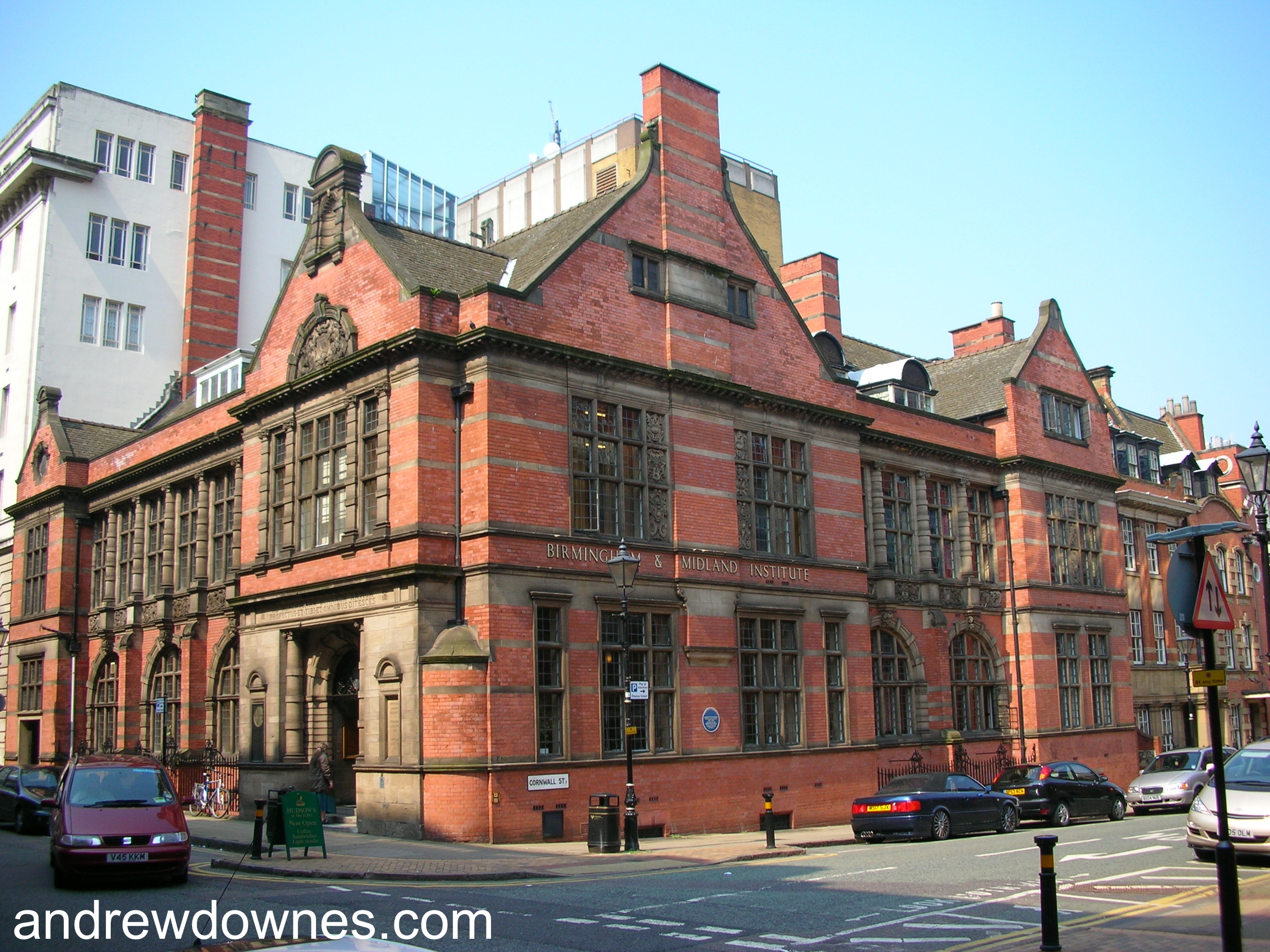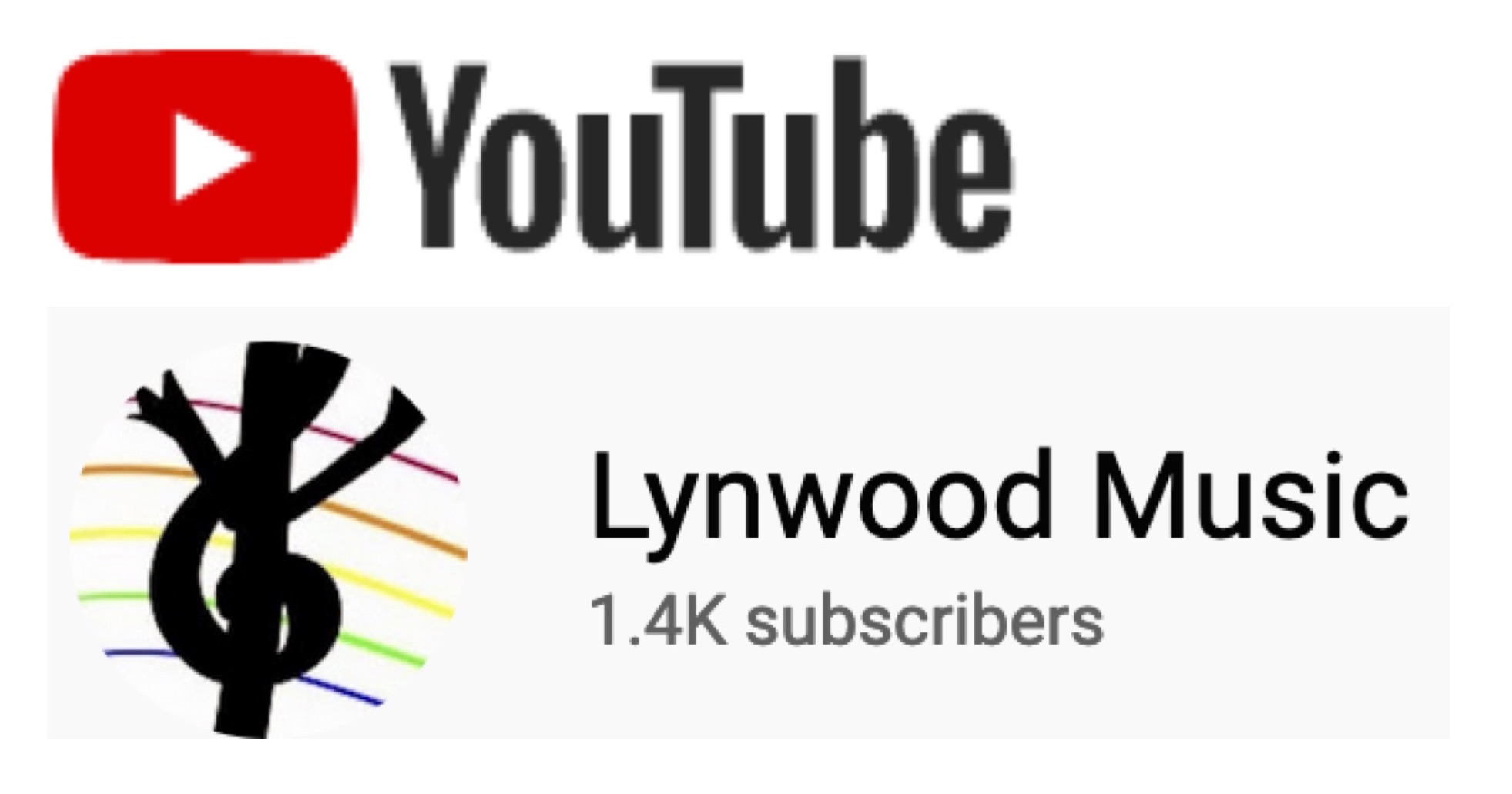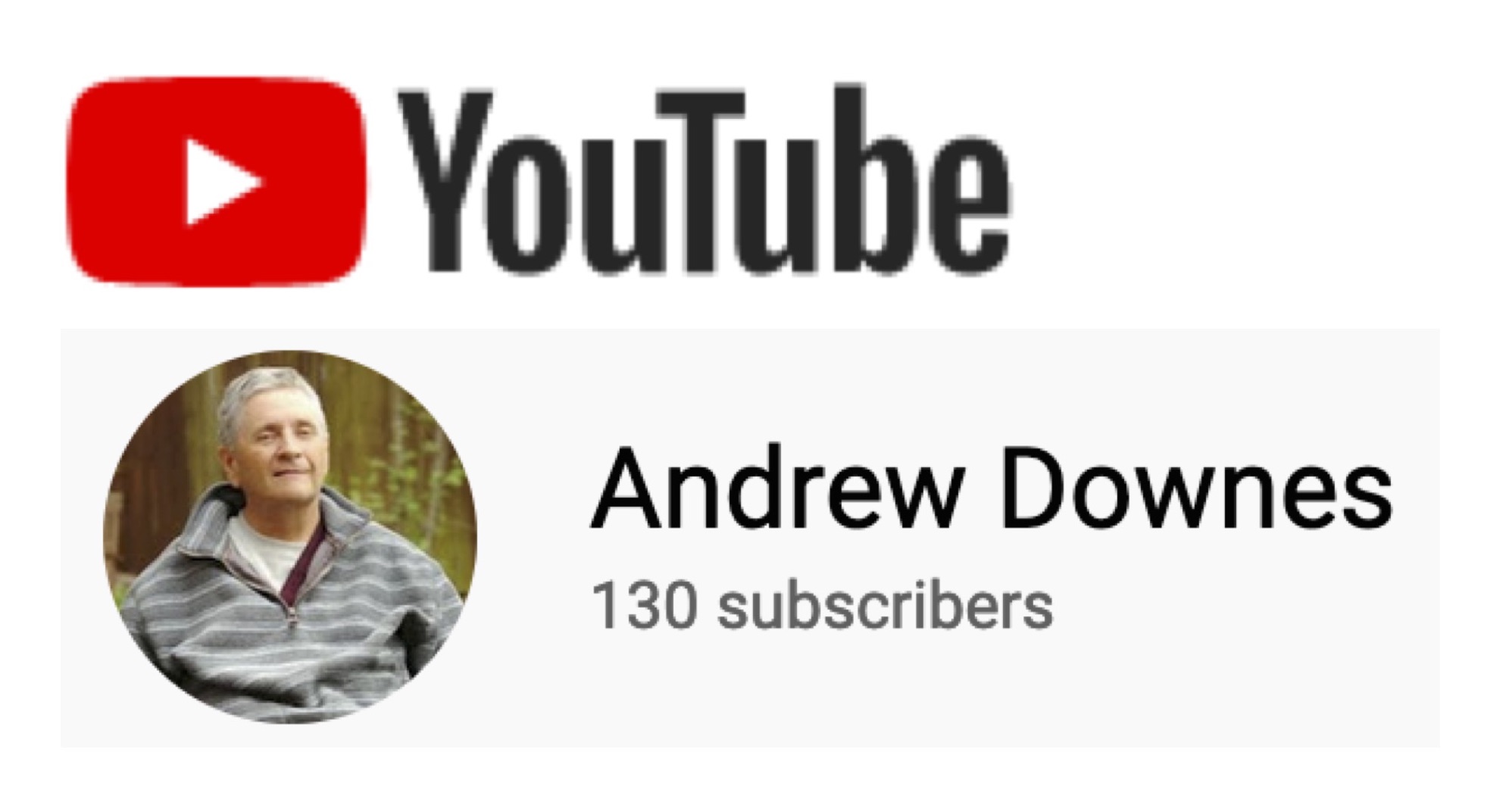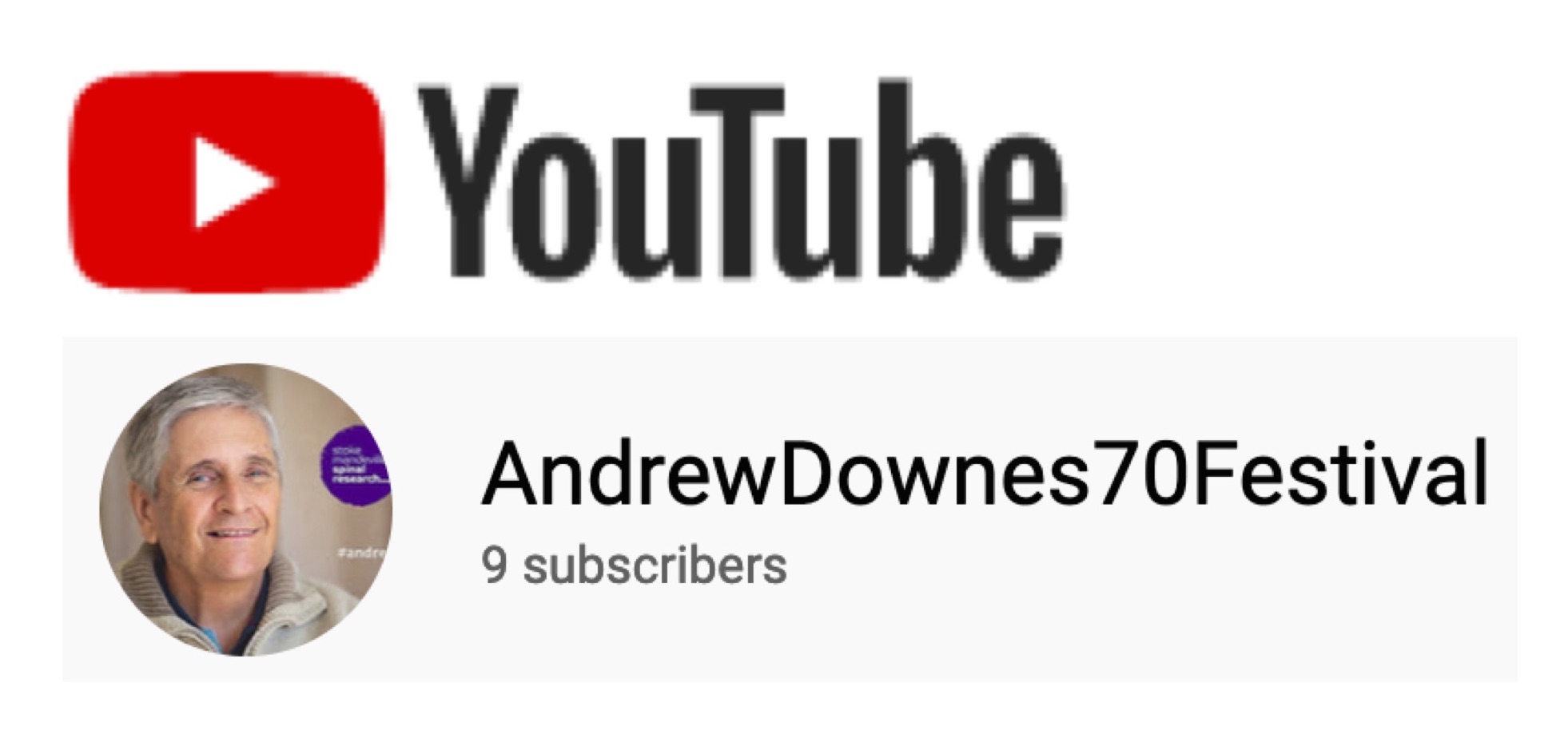Federation Of Recorded Music Societies Talk
Birmingham and Midland Institute, Saturday October 23rd, 1999
Follow Cynthia Downes on Instagram to keep up-to-date with her blog posts.
Birmingham and Midland Institute (Photograph by Osoom)
It’s a great pleasure and honour to be asked to talk to you today. Basically I want to use the opportunity to try and persuade you to come to the premiere of my new oratorio on February 18th, 2000 here in Birmingham. The piece is called “New Dawn”, and is a full length oratorio, the words being 19th Century translations of American Indian texts from the South West of the United States. The work has three large choral movements accompanied by orchestra, an unaccompanied choral movement, and two fully-fledged orchestral tone poems.
The subject of the oratorio is, I think, very appropriate for this transitory phase between one millennium and another. It concerns the Pueblo Indian philosophy regarding the journey from death into life, in other words their ideas about resurrection and afterlife. In other words, the piece could be said to be a kind of Red Indian “Dream of Gerontius”. One very interesting thing to note about this philosophy is that it seems to deny the very Western obsession with forward moving time. Instead, everything including birth, life and death exist in a kind of timeless, natural landscape. It shares that old pagan idea whereby we are part of, and belong to the Earth, as opposed to the very aggressive materialistic ideas of the West in which the Earth and its resources are seen as belonging to us, allowing us to exploit it to its and our destruction.
One aspect of these ideas which worries me is that on death we return to our ancestors. I must say that when I think of some of my ancestors, I hope that is not the case!
The oratorio is to be premiered at the Adrian Boult Hall on February 18th, and will be performed by the Conservatoire Chorus and Symphony Orchestra. I’m hoping that our Head of World Music, Dr Mark Lockett, will be giving a talk before the performance about the American Indian Society from which the texts are derived.
I’d like to play you a little music now. My cantata, “The Marshes of Glynn” was composed for similar forces to the oratorio back in 1986. Its text is also American, this time by the 19th Century poet Sidney Lanier. It concerns a fascinating and beautiful landscape where the land meets the sea in an area on the East coast of the USA, which is now, very unfortunately, covered in skyscrapers. The cantata was commissioned for the Royal opening of the Adrian Boult Hall, and this is a recording of the first performance. For those of you who still have record turntables, I do have some records of this with me at a price of £5. The performers are John Mitchinson Tenor, with the Chorus and Orchestra of the then Birmingham School of Music conducted by Damian Cranmer. I’ll play you Part II, and before that I’ll just read a little of the text.
A CD reissue of this performance will be available at the New Dawn concert on February 18th.
My interest in American Indian music and ideas started when I was commissioned by the University of New Mexico in Albuquerque to compose a work for 8 Horns. This was first performed by the University Horn Octet in 1995, and Cynthia and I attended the performance which was part of a New Music Festival in which Nicholas Maw and I were the featured composers. During the trip, we visited various parts of the New Mexican desert in which every rock, cactus and plant is considered sacred by the Native American population. It was a wonderfully enlightening experience for me, and combined with the feelings created within me after reading some of the Native poetry inspired by this landscape, it led to the composition of several new works including my 4th Symphony, part of which I’ll play to you later.
Back to the Sonata for 8 Horns… this has since been performed in many places in America including at the International Horn Convention in Oregon in 1996. It has also been taken up by the horn section of the Czech Philharmonic Orchestra, who, as well as playing it several times in Prague, and broadcasting it on Czech Radio, have now made a CD of it. This will be available at the New Dawn concert on February 18th and should be available in shops from that time.
Here are Movements 3 + 4:
The composition of the Sonata for 8 Horns led to several people commissioning me to compose various other pieces for 8 instruments of the same kind. These included a Sonata for 8 Pianists (can you believe) which is due to be premiered in Paris next year, and a Sonata for 8 Flutes or Flute Choir. This work has proved, in many ways, to be my most and widely performed work to date. Modesty should (but doesn’t) prevent me from telling you that it was described as a “Masterpiece” in both Pan and Flutewise magazines, and I have it on good authority that it is by far the longest and most complex piece ever written for this combination.
It is composed for 5 concert flute parts, the 2nd doubling on piccolo, 2 alto flute parts (those strange curved effort, rather like the u bend under your sink,) and a bass flute which is pitched exactly one octave below the concert flute.
The Sonata was first performed in 1996 in New York at the annual USA Flute convention, and has since been done by many flute choirs and ensembles all over the USA, in Japan, in Australia and in Europe. One of its most memorable performers was in 1998 in Caracas Venezuela by the National Flute Orchestra of Venezuela, and from the recording of that performance I’d like to play you the 3rd of 5 movements. (The piece will also be available on CD* from April 2000. If you want to buy it, but can’t find it in the shops, contact me at the Conservatoire).
[*CD recording by James Madison University Flute Choir, conducted by Carol Kniebusch Noe]
Another commission which came about as a result of my Sonata for 8 Horns being played in Albuquerque is the Symphony No.4, scored for Symphonic Wind Orchestra. This piece has a slightly chequered history in that the Albuquerque Concert Band which commissioned it decided that it was either too difficult for them, or the individual movements were too long for them since normally they only play marches, so they have never, in fact, performed it. It has, however, had several fine performances during the year or so since it was finished. The premiere was given by the Conservatoire Symphonic Wind Orchestra conducted by Guy Woolfenden, and the second was given by the Yorkshire Wind Orchestra at the National Conference of the British Association of Symphonic Wind Ensembles held at the Royal Northern College of Music, Manchester, last Spring. Then it was taken up by the RAF Central Band, and last June they did a private recording of it, part of which I’m going to play to you in a moment. They now plan to play it at the next British Association of Symphonic Wind Ensembles Conference, and also in Budapest and various other places. The American premiere will now be given in Viginia by the James Madison University Symphonic Wind Orchestra.
It’s a pity the piece has not been done in New Mexico, because in many ways it is a programmatic piece describing various aspects of the landscape and the Pueblo Indian culture of the region. The third movement describes an ancient Indian City which rises out of the Desert. In translation it is called Sky City. There is a solo part for the hauntingly beautiful native American Flute in this movement, and the instrument was played in both the Birmingham and Manchester performances. However, by far the best performance so far has been by the RAF Central Band conducted by Wing Commander Rob Wiffin, and I’m going to play you the first two of five movements, the first describing the city of Albuquerque, and the second the amazing San Diaz Mountains which rise up out of the desert near the city.
Play Movements 1 + 2 Symphony No.4
[This recording is actually from the 2016 recording by the Czech Philharmonic Orchestra under Ondřej Vrabec for the Artesmon Label]
A couple of years ago I was commissioned to compose two concertos. The first one, a concerto for 2 pianos and string orchestra, was commissioned by the celebrated Parisian piano duo, Duo Scaramouche, and was intended to be premiered at the rededication of the ancient cathedral of Barletta in Southern Italy. However, the Earthquake which devastated parts of Italy recently did serious damage to the foundations of the Cathedral, and so that particular performance has not yet taken place. However, the piece has been performed in Paris, in Birmingham, and this last August in London. I want to play you the first movement of this because it seems to me that its musical idioms, its style and its general sense of optimism are similar to those of the oratorio. Both works are concerned with the resurrection, in this case that of a previously unused, crumbling cathedral, and in fact both pieces were composed at the same time, and many of the musical themes are, indeed, similar.
Play first movement Concerto 2 Pianos
[Duo Scaramouche with Sinfonia UK under Steven Lloyd, St James' Church, Piccadilly, 1999]
The second concerto is for Guitar, Electric Bass Guitar, and String Orchestra. This was also written at the same time as the oratorio, and contains some similar musical themes and ideas. It was commissioned by the Guitarist Simon Dinnigan and the Bass Guitarist Fred T Baker. Its first and last movements are very rhythmically complex and highly influenced by jazz and African music, but by contrast the slow movement is in the main slow, relaxed and meditational, and some of its musical devices including repetitive alberti like figurations in the accompaniments, and the lightly scored harmonies sometimes make me think of a Mozart slow movement. The Concerto has now been recorded for a CD, to be released in March on the Classic Print label with Simon and Fred on the solo parts, and string players from the CBSO playing the accompaniment. One reason I want to play some of this is that the orchestra in my new Oratorio (New Dawn) contains, I think for the first time ever, a body of guitarists, and I would therefore like to give you a hint of what my guitar writing sounds like. So here’s the 2nd movement taken from the first performance at the Conservatoire.
[This performance is actually from the CD]
Another work of mine which I think is philosophically and musically strongly linked with the new oratorio is my Symphony No.3, subtitled “Spirits of the Earth”. This was written between 1992 and 1993, and was first performed in the Adrian Boult Hall, in a concert to celebrate the work of and to raise funds for the NSPCC. In fact the Symphony is dedicated to that wonderful organization.
The subject of the symphony, like the oratorio, is deeply concerned with the pagan idea of our belonging to the earth which is itself a great living entity, and worthy of our doing all we can to preserve its beauty for future generations of children.
In some ways the central part of the symphony is the 4th of 5 movements, a tone poem describing the mystery of a beautiful ancient burial barrow called ‘belas knap’, which lies in the heart of the Cotswolds.
Play “Belas Knap”
[This is actually from the 2016 recording by the Czech Philharmonic Orchestra under Ondřej Vrabec for the Artesmon Label]
In 1989 I was commissioned by the City of Birmingham to compose an orchestral work to celebrate the centenary of Birmingham becoming a city. The result was a five movement piece called ‘Centenary Firedances’, and it was premiered in Cannon Hill Park as the centerpiece of the first “Fireworks Fantasia”, with an estimated audience of 30,000 people. The music was designed to accompany an absolutely spectacular computer generated fireworks display. A commercial recording was made before the event, and on the night of the performance, all 3000 copies were sold!
I’d like to play you a movement from this because like all other pieces I’ve played, it has relevance, I think, to the stylistic and philosophical origins of the oratorio. It also celebrates a centenary in the same way as the oratorio celebrates the Millennium.
Like the oratorio, the piece strives through excitement and optimism to bring about an understanding between different cultures and people of diverse ethnic origins, particularly those represented in the city of Birmingham. There is the influence of Irish music, of Indian and Chinese music, but particularly in the first and last movements, of the vitality and energy of Afro-Caribbean music. So here’s the first movement of ‘Centenary Firedances’, played by Birmingham Conservatoire Symphony Orchestra conducted by Jonathan Del Mar. Again, a CD of this performance will be available at the New Dawn concert on February 18th.
Play Movement 1
The last piece I’d like to play should really, I suppose, have been the first in that it’s an overture! It’s the concert overture “Towards a New Age”, and was commissioned a couple of years ago by the Institution of Mechanical Engineers to mark the celebration of their 150thanniversary. In terms of its title and the general idea behind it, I suppose it has a lot in common with the oratorio, “New Dawn”, but there I think the similarity ends. Whilst “New Dawn” is concerned with the everlasting cycle of life, its oneness with nature, and the idea that the Earth does not belong to man to do with as he pleases, but Man to the Earth, “Towards a New Age” represents a celebration, if you like, of the opposite. It deals with Western progress, and celebrates the invention and use of machines in developing material prosperity. Whilst this, I suppose, goes against the grain as far as I’m concerned, I couldn’t really compose something about the horrors of material progress through industrialization without offending those who paid me! You could say that I’m a hypocrite in this respect, but I did enjoy writing the piece!
Before I play it, I’d like to thank you for listening, and to remind you that the premiere of “New Dawn” takes place in the Adrian Boult Hall on February 18th, 2000 at 7.30pm. There will, I hope, be a pre-concert talk by Dr Mark Lockett about American Indian Culture and Society from which the text of the work is derived.
So here then is the first performance of “Towards a New Age”, given at Symphony Hall by the Royal Philharmonic Orchestra conducted by Andrew Constantine.
[This is actually from the 2016 recording by the Czech Philharmonic Orchestra under Ondřej Vrabec for the Artesmon Label]
Return to 'About Andrew Downes'
If you have performed in any of Andrew Downes' works or come to listen, please share your experiences in the Premieres Blog! Also see what others have said. Thank you so much for your contribution.



